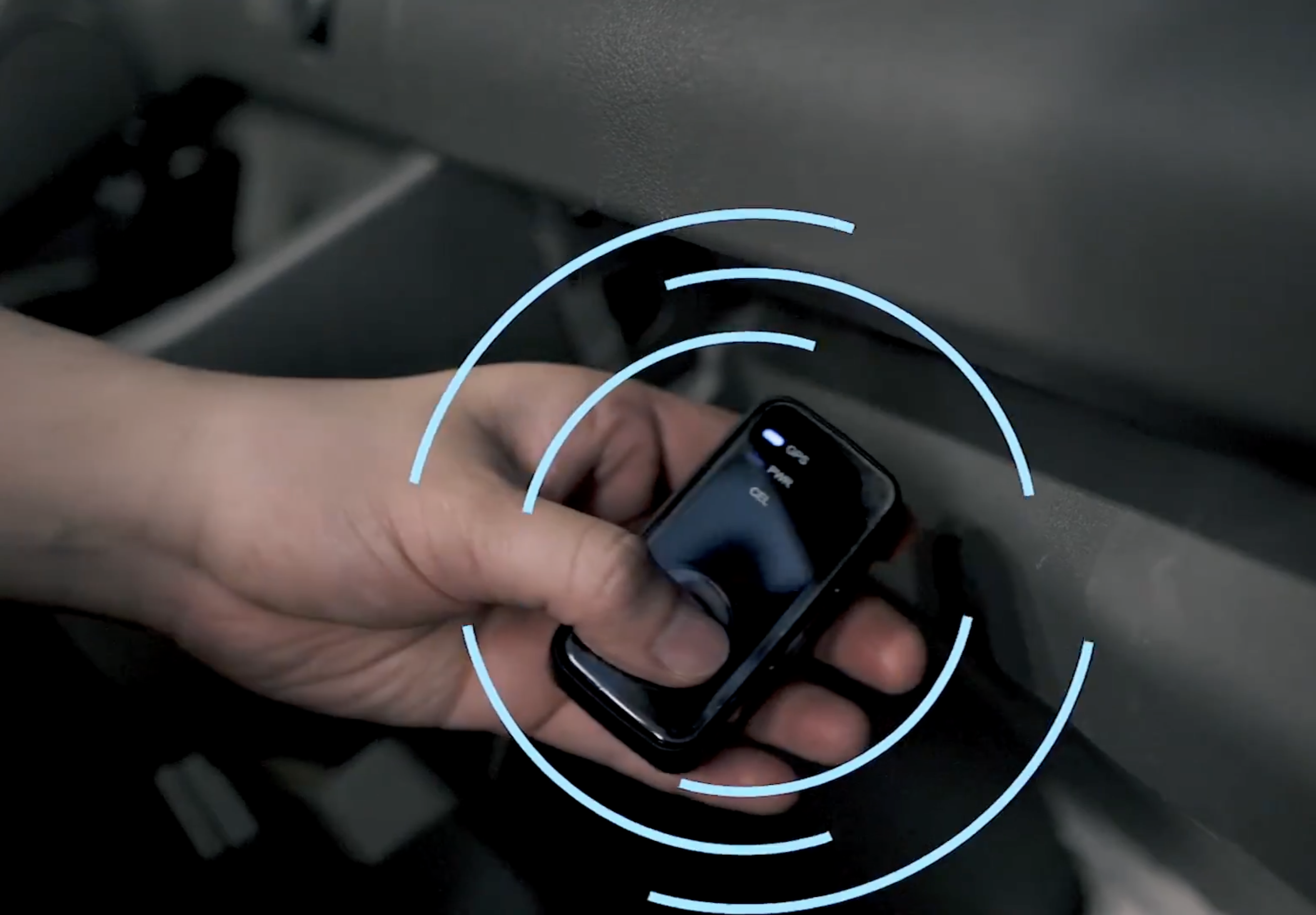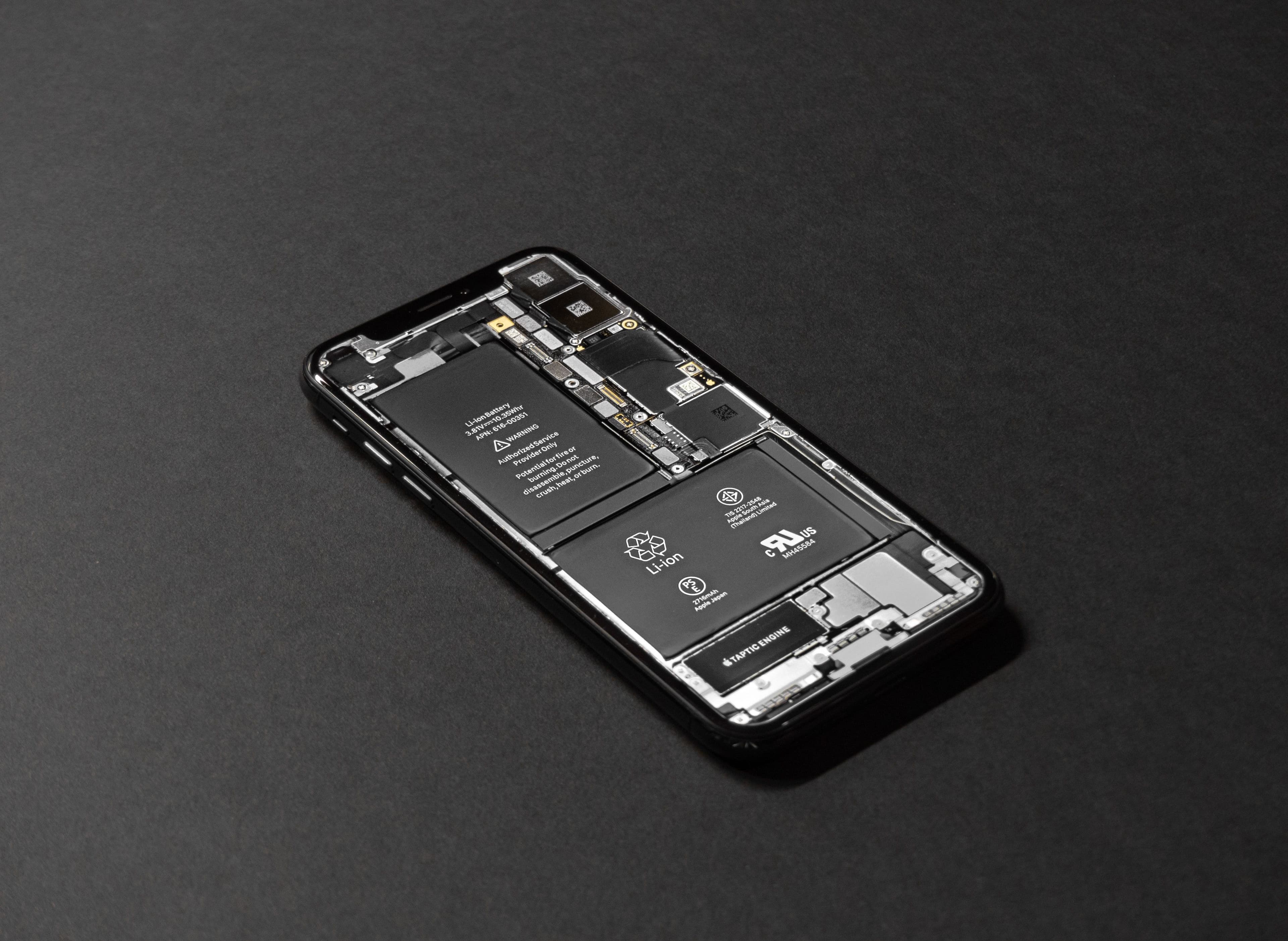Since its inception in the 1970s, GPS has taken the world by storm. Google Maps, running watches, online food delivery services—the consumer applications are endless. But businesses are also leveraging GPS to protect their most valuable assets and manage their physical operations.
Whether you’re looking to combat theft or simply keep tabs on your equipment, GPS tracking is a fantastic business solution you can have delivered to your doorstep in days. However, for many businesses, the biggest challenge is figuring out which market solution to buy. Which GPS asset tracker offers the longest battery life? Or the biggest bang for your buck?
Choosing a GPS tracker primarily for tracking equipment isn’t the same thing as finding one for tracking a fleet, commonly referred to as fleet tracking. For fleet tracking, GPS trackers will generally focus on features particular to the trucking industry such as driver score cards and compliance logging rules for truckers. These features are crucial when running a fleet operation, however are superfluous for businesses that focus on equipment. In fact, all of the fleet features often will make software cluttered and overly complex for a customer who doesn’t need them.
When searching for a solution to track equipment, a customer’s needs will revolve around keeping track of their inventory, avoiding theft (and recovering post theft), being diligent around maintenance and monitoring their equipment’s usage pattern.
Note: This article only focuses on battery-powered trackers. If you are tracking powered equipment it may make sense for you to look into hardwired trackers. While we discuss battery-powered and hardwired trackers, we don’t make any specific recommendations for hardwired trackers in this blog post.
Let’s look at the top three best battery-powered GPS trackers for businesses that manage equipment and what makes them the cream of the crop.
6 Factors to Consider When Purchasing a GPS Tracker for Assets
Implementing a GPS asset tracker in your business is a wise investment. But as with any other purchase, you should know exactly what you’re getting before clicking “buy.”
Let’s go over six of the most critical factors to consider when comparing GPS tracking devices.
Do you need to track powered or unpowered equipment?
The first thing you need to determine is whether you are tracking powered or unpowered equipment (or both!).
If you are tracking something with a power source (‘powered equipment’) you will likely want a wired tracker that hardwires into the equipment. With a wired tracker you can draw power from the source, and also track usage and potentially other data. If you need to monitor particular functions of equipment for example, if the door is open, you may need a tracker with a wide variety of input / outputs.
If you are tracking equipment without a power source (‘unpowered equipment’) you will need a battery powered tracker. And for battery powered tracking, you need to determine how often you will be able to charge the device.
How long does the GPS Tracker’s battery life last?
If you are only tracking powered equipment you can skip this section. However, if you are tracking unpowered equipment, you will need a battery based tracker.
The best unpowered GPS asset trackers have one thing in common: a long battery life. If you’re going to invest in a tracking device, it should be able to do the job without needing a recharge every few days. Constant charging is frustrating and simply inefficient. And for some scenarios such as remote deployments you may not physically be able to ever recharge the battery. It’s also important to remember that how often the tracker transmits its location affects the battery life considerably. The best GPS tracking solutions allow you to change the update frequency over the air.
How often do you need the GPS Tracker to report its location?
The biggest drag on battery life for a GPS tracker is when it has to report its location. For a hardwired tracker that draws power from the equipment, this isn’t much of a concern and you can set a tracker to report as fast or slow as you like. However, for a battery based tracker, there is a delicate dance between preserving battery life and getting regular updates from the tracker. For asset deployments, it’s common to use a battery based tracker that may only update every 24 hours or even less infrequently. That is often sufficient to know where the asset is, however if something happens you may need to get more rapid updates (for example theft recovery). That’s why the best tracking solutions let you change the tracker’s update frequency on the fly.
Where is the GPS Tracker going to go?
It’s extremely important to consider where you plan on deploying your tracker. For example, is it going to be exposed to the elements or not? If so, you will need a tracker that is weatherproof with an IP certification. Another consideration is how large or small the tracker needs to be. Trackers come in all shapes and sizes, and sometimes the placement will dictate the size needed. Though when looking at smaller battery based trackers, you need to remember that the battery life will be shorter. If you are deploying in an extremely remote location without any cellular coverage, you might need a satellite tracker. All GPS trackers use GPS satellites to obtain location information, and they normally use cellular technology (like a phone) to transmit the data. When there is no cellular coverage available, you will need a satellite tracker which uses satellites to communicate the location data. This is often much more expensive than regular cellular based GPS Trackers.
How easy Is It to install the GPS Tracker?
Can you install the tracking device yourself, or will you need to call in a mechanic? This is another question you should be asking yourself when shopping for a GPS tracker. For battery based trackers, deployment is usually easy as mounting the tracker to the equipment.
For hardwired trackers, the installation can be quite complex and require a mechanic to wire all of the I/Os to the machinery.
Also important: How easy is it to use the software? What’s the process for accessing real-time location information, and how is this information displayed? Will you receive instant alerts and notifications—and if so, what are the triggers?
How flexible is the GPS Tracker for your needs?
Odds are, your business has more than one piece of equipment. You might even have a whole fleet. And if you’re not using every single vehicle or piece of equipment at the same time, it’s worth looking for a tracker that’s easy to swap between assets. For example you may have a rental shop where you rent out construction equipment. If you have 150 trackers, and 200 pieces of equipment, you may often be swapping the trackers between equipment when they go on and off the client job sites.
![]()
Best Battery-Powered GPS Trackers for Tracking Assets
Based on battery life, ease of use, and flexibility, here are the best GPS trackers for business owners who need to track unpowered assets.
1. GL300 Wireless GPS Tracker
The GL300 is a powerful tracker that can track in real-time with a very small size factor. Because of its small size and fast update frequency, the GL300 is excellent for situations where a shipment needs to be tracked. It has a multitude of features that make it useful in many different scenarios. Because it doesn’t require an outside power source, you can use it to track virtually anything, including:
- Vehicles
- Equipment
- Business assets
- And even personal valuables
On its own, the GL300 boasts a GPS tracker battery life of up to 2 weeks with a full charge. And to extend that battery life even further, you can pair it with a hardware kit, an M4 battery case, or an M6 battery case. (With the M6 case, for example, you can achieve a battery life of up to six months!).
The GL300 can track with quite a fast update frequency for an asset tracker, up to every 5 seconds, which can be useful in repo scenarios.
By combining with a waterproof case, the GL300 becomes extremely durable and can withstand harsh temperatures and weather conditions. And in the case of an emergency, there’s a unique SOS button your driver can push to send you an urgent alert.
The GL300 features a sleek, compact design, making placement simple and flexible. Plus, swapping it between assets is a cinch—especially with the M2 magnetic case or one of the cases mentioned above, all of which feature extra-strong, weatherproof magnets for secure attachment.
Bottom-line: For all the reasons mentioned above, we recommend using the GL300 in scenarios where you need a small tracker, fast update frequency and are able to recharge the battery at least every couple of weeks.

2. GL521 Asset Tracking
The GL521 is truly one of the most flexible asset trackers on the market.
It can be set to update its location once a day and last 570 days. Or it can be set to transmit it’s location once a minute for situations where equipment is on the move. One of the key strengths to getting the most out of the GL521 is switching between reporting modes: placing the tracker on equipment that rarely moves, but increasing the update frequency in a scenario where it’s on the go.
Despite the GL521’s impressive battery life, the tracker is on the smaller side, being only a bit larger than the GL300. And it is fully weatherproof and IP rated.
One of the unique aspects of the GL521 is that it has tamper alerts using its front and rear light sensors. The moment someone tampers with a GL521, you and your team will get an alert. The GL521 can also be mounted on a piece of equipment and be triggered into a higher update frequency immediately when someone tampers with the trackers placement.
The GL521 is a rechargeable tracker that is chargeable via the included Qi charging bay.
Bottom line: The GL521 is a great choice for almost any scenario where you need to track an unpowered asset. However, if you need a faster updates than every minute, you likely want a GL300 (our first pick). And if you need an even longer battery life then we recommend the next tracker in our list, the GL502.
3. GL502 Heavy Duty Asset Tracker
The GL502 has one of the longest battery life we’ve seen in any GPS tracker. It can last nearly 10 years sending one update per day!
It’s built to be deployed in the most remote locations, where nobody will be able to access the tracker perhaps for many years. Because of this it’s built incredibly rugged to survive the elements in almost any location. It’s also quite large in size, as the internal battery is very powerful.
Because it is built to last so long, and rechargeable batteries have less power, it does not have a rechargeable battery.
It does have some other unique features like BLE and the ability to grab location via Wi-Fi.
Bottom line: We primarily recommend the GL502 for unique situations where you won’t have access to a tracker for many years and require maximum battery life, or where you need frequent updates per day over an extended period, beyond what the GL501’s battery can provide. However, due to its large size, it may not be ideal for more transient deployments.
![]()
Save Time And Frustration with the Best GPS Tracker Battery Life
The best GPS trackers with the longest battery life can definitely be life savers—literally and figuratively. That’s why more and more business owners are looking to GPS technology to help them save time and money.
Learn more about Hapn’s GPS tracking devices here.
Preventing asset loss, improving employee safety, and gaining real-time location data are just a few benefits you’ll unlock when you adopt the right GPS tracking system in your business. But don’t let the overwhelming number of tracker options trap you in analysis paralysis. These three offerings are a great place to start your GPS tracking journey without breaking the bank. Contact us today to learn which GPS tracker is the best for your business.


